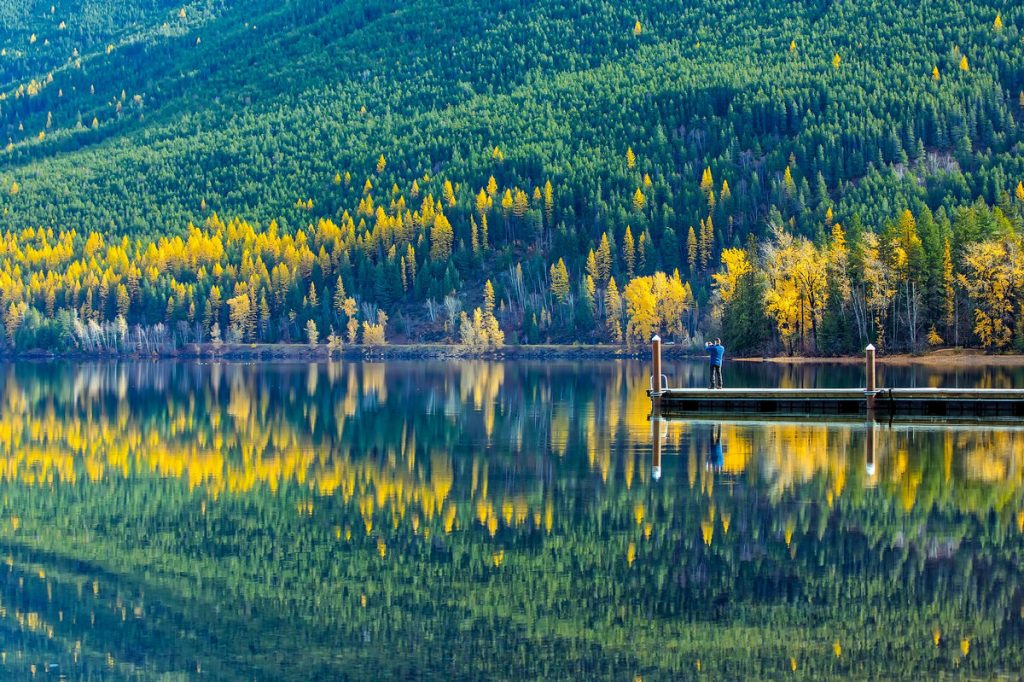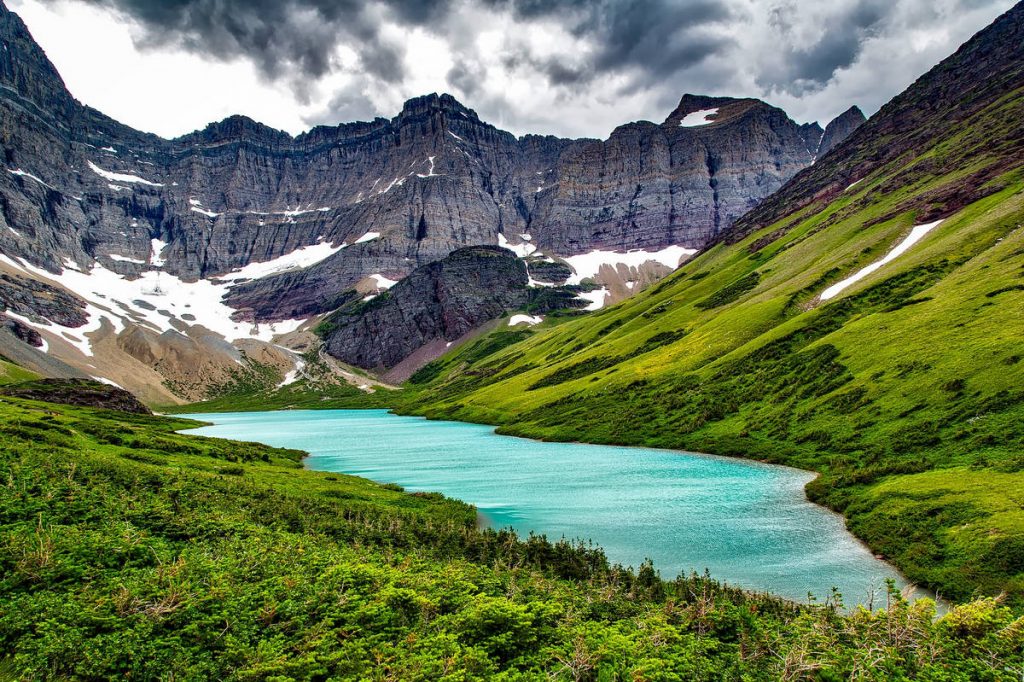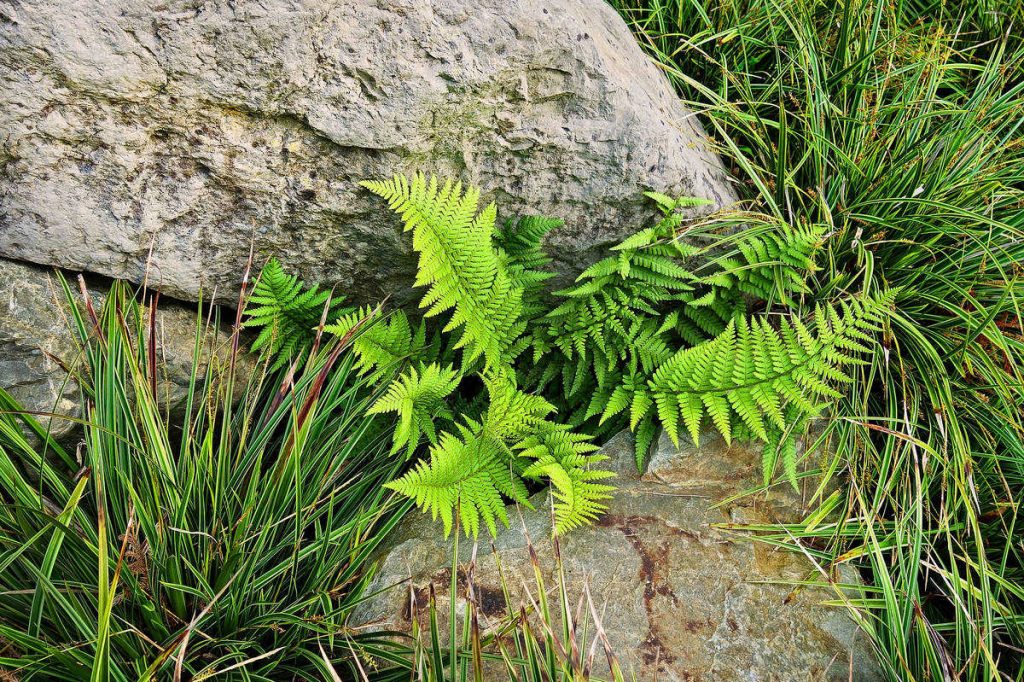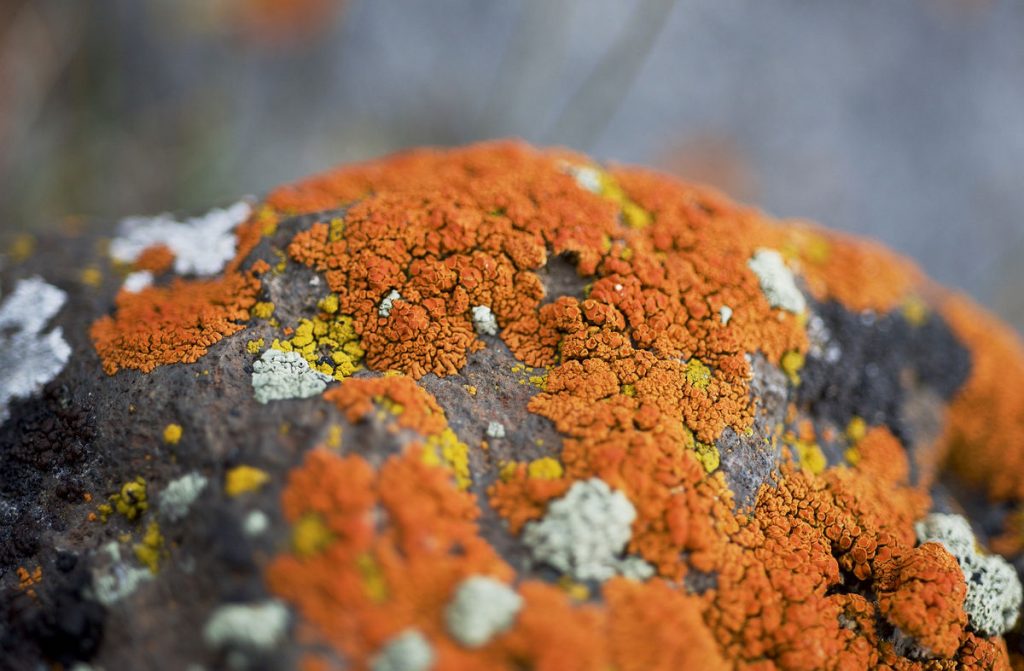Situated in northwest Montana, Glacier National Park is diversified in every possible way. Thousands of plant species and hundreds of animal species all combined with diversified geology and climate.
Glacier National Park is virtually untouched, all of the plants and animals that existed when the continent was first discovered are mostly still present today. To preserve flora and fauna, the park was declared a national park in 1910 by an act of congress.
The vegetation of the park attracts nature lovers from all over the world, from seasoned experts to hobbyists. Every year, millions of tourists visit the park to enjoy the snow-crusted mountain peaks, deep glacial valleys, and shimmering alpine lakes bobbing with spectacular icebergs.
Let’s take a closer look at the diversity of vegetation among Glacier National Park.
Vegetation Overview
The park supports a large and diverse array of plant species and plant communities. Among the diverse vegetation of the Park, at least 1,150 vascular plants, 275 lichens, and 400 mosses and liverworts have been identified. Many of the plants are exclusive to this area. The park has 30 species that are endemic to the region, those with ranges limited exclusively to the northern Rocky Mountains – all 30 species occur in cold, open areas of post-glacial environments with harsh characteristics.
Three of the most major North American watersheds arise from Glacier National Park: Arctic, Atlantic, and Pacific. Pacific Maritime and Prairie/Arctic climate zones are divided by the Continental Divide. Biomes of Glacier National Park range from the lower elevation of the pacific cedar-hemlock forest to the high alpine tundra.
Vegetation Significance
Known as “The Crown of the Continent Ecosystem,” the significance of Glacier National Park on the ecosystem of flora and fauna is most notable. Within the Park, Waterton alone houses approximately 970 vascular plants, 220 lichens, and 200 mosses and liverworts. In Glacier, forty-six rare Montana plants have been recorded so far. Among them, four are exclusive to the Park and its immediate surroundings.
Waterton, having an unusual number of rare plants, is in severe need of conservation to facilitate biodiversity and maintain the naturally existing ecosystem.
The Crown of the Continental Ecosystem is highly diverse for many reasons. The Continental Divide has created different weather atmospheric systems on each side of the mountain, and this variety gives life to diversified flora and vegetation.
In the Northern Rockies, the five tiers that divide life vertically, are known as life zones. There are also zones spreading to the north, south, east, and west known as floristic provinces.
Floristic Provinces
- Cordilleran [49%]
- Boreal [39%]
- Arctic-Alpine [10%]
- Great Plains [1%]
Life Zones
- Grasslands
- Aspen Parkland
- Montane Forest
- Subalpine
- Alpine Tundra
Plant Cover
The Park’s plant cover includes seven major groups; among them, three groups cover more than 70%, the approximate breakdown of the plant cover is:
- 33% moist coniferous forest
- 29% barren or sparsely vegetated rock/snow/ice
- 16% dry coniferous forest
- 8% dry meadow and prairie
- 6% deciduous forest
- 5% wet meadow or fen
- 3% lake surface water
Division
The west and east of the divide facilitate diverse plant communities, particularly because of the unique climate and environment. Let’s dive a little deeper into the dissimilarities between the climatic conditions of the west side and the east side.
West of the Divide
The west side of the Park has moist temperate conditions. This weather allowed the eastern-most extension of Pacific cedar-hemlock forest to develop in the Valley of Lake McDonald. The west side has a more dark, old hemlock/cedar forest in comparison to the east. Moisture from the Pacific coast condenses in the rise of the Continental Divide. Here, rainfall ranges from 23 inches to 30 inches from the driest location to West Glacier. However, precipitation up to 100 inches has been recorded in the isolated cirque.

East of the Divide
The East side of the divide is much drier compared to the west side. Along the high ridges, dry chinook wind blows strongly, while in the aspen groves on the lower ground has more moderate conditions. Even though the difference in the rainfall among the two sides of the divide is not very significant, the desiccating winds make a considerable difference in the two sides’ vegetation. The east side has more open forests, meadows, and grasslands. Plant variety also changes as it moves from north to south, mostly because the northern half of the park is in the Whitefish range’s rain shadow. The cedar-hemlocks give way to North Fork, Flathead River drainage, and its drier Douglas fir and lodgepole pine forests.

Plant Groups
Approximately 1132 species of vascular plants call the Glacier National Park home, including 88 annual and biennial plant species plus 804 different perennial herbs. Surprisingly, 127 of these numbers are not native. The state of Montana listed 67 vascular and 42-non-vascular plant species of the Park as “sensitive”.
Some of the most significant plant groups and a short description are discussed below:
Grasses
In terms of coverage, wild grasses are not typically significant here. Rather, their significance translates to the habitation of fauna. A large part of Glacier National Park habitats depend on the grasses for the food source – rough fescue, needlegrass, Junegrass, timber oatgrass, and bluebunch wheatgrass are some of the noteworthy ones.

Ferns
Sixty-two ferns and their allies are found in Glacier National Park. Most of them are found in moist conditions, typically on the west side of the divide. However, the drier forest openings have ferns too – bracken ferns and breech fern are commonly found on the east side.

Trees and Shrubs
Even though trees and shrubs have some overlapping qualities, among the hundred-plus plant species of Glacier National Park, 90 shrubs and 20 trees have been identified by botanists. Aspen, western hemlock, western red cedar, white spruce, black cottonwood, spruce, and fir are some of the many notable trees and shrubs of the Park.

Wildflowers
The unexpected sight of infinite wildflower on an avalanche slope or an alpine meadow is one of the delightful surprises awaiting in Glacier National Park. Beargrass and glacier lilies are responsible for the colorful subalpine landscapes, while purple asters color the grazing land between aspen groves on the east side.

Lichens
The multi-color splatters found in the barren rocks of Glacier Park (occupying 30% of the Park) are colonies of hundreds of species of lichens. The other species grow on tree bark and on moist soil surfaces. This composite organism thrives in a harsh environment where no other living species can survive.

Mushrooms and Fungi
To date, thousands of species of fungi have been identified in Glacier National Park, among them are numerous, commonly seen mushrooms. From edible morels, chanterelles, boletes, shaggy manes, and lactarius to lethal deathcaps and fly amanitas.

Mosses and Liverworts
The landscape of the moist west side reflects an unbroken background of green. Wherever there are water and trees, hundreds of species of mosses invade it to call home. Liverworts are similar to mosses, with the exception of larger leaves and requirement for more water. They both carpet wet rocks and exposed soil that creates greenery wherever they go.

The diverse and unique vegetation, and the ecosystem of the park should be preserved as an essential part of nature and a source of valuable knowledge. Many of Glacier’s plant species are still waiting to be explored, sparking curiosity in many minds.




